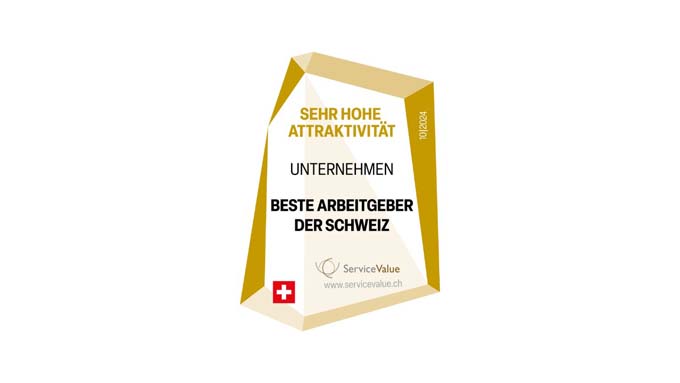Independent work against boredom
Without being challenged yourself, boredom quickly sets in.

Independent work is hardly promoted in frontal teaching. The lack of motivation for self-learning is compounded by the "neglect of social skills." And yet, little variation or deviation from this form of instruction can be found in professional courses and schools. Certainly: frontal teaching and presentations have their justification, because simple contents can be conveyed quickly and efficiently with them. Group lessons and team activities as an alternative cannot be used everywhere. In this case, training games represent a great enrichment.
Holistic learning
Training games, or interactive training methods, are very easy to incorporate into face-to-face classes because they are small, interesting units that are fun and engage all participants in the topic of the class. They are the tool of choice for adding variety to lessons. A good educator should trigger something, not bore. Training Games help to support a good trainer or presenter: In order to convey something in a sustainable way, the interaction of cognitive-intellectual with physically experienced and affective-emotional aspects is elementary. It is about holistic learning that is oriented towards individual learning processes. Basically, it is nothing other than "learning with head, heart and hand". A concept postulated by the Swiss pedagogue Johann Heinrich Pestalozzi as early as 1746 to 1827. Training games work because they are action and goal-oriented and involve the head, heart and hand.
Use heart and hand
We need the head in learning. "The sole purpose of an activity is to give rise to a debriefing. Learning does not take place during the activity, but during its debriefing in the reflection phase," says Sivasailam Thiagarajan, the inventor of the Training Games. For this reason, all activities are action and goal oriented and serve as a basis for debriefing. We need heart and hand in learning. Understanding alone is not enough. We must first experience something in order to then live it. Having fun while learning is desired, because if our senses are addressed on the emotional level, we remember longer. Head and heart play into the hand, the hand into the heart and into the head.
Action-oriented training triggers learning processes that focus on experiencing, discovering, exploring, sharing and reflecting. A recipe for this is provided by the interactive training methods from Thiagi, which are about head and hand work - with the participation of the emotional level.
Physical activity and mental work
Let's take a look at how such games work with two specific examples:
The game called "35" can be used to find a definition, a good answer, or to encourage sharing about a topic. To do this, all learners are given a moderation card. For example, if the topic is "knowledge," the educator asks an open-ended question, such as, "Write your definition of knowledge on the card." After everyone has written their definition, learners walk around the room and swap cards with each person they meet. Thus, their own card is somewhere. On a signal, learners stop and group in pairs. The two answers are compared and a total of 7 points can be distributed per team of two (i.e. 0 and 7, 4 and 3), depending on the usefulness of the answer. These points are written on the back of each card. Walking around, exchanging cards and scoring are repeated four more times. After the fifth round, the participants add up the points on the card they currently have. The trainer announces that he is counting down from 35 (maximum score), and when a participant has the appropriate score, he reads the card aloud. Usually the top 3 to 5 answers are read aloud and can be incorporated into the lesson. In this case, the participants' definitions of "What is knowledge?" can be compared to the trainer's definition, and the differences can be discussed.
During this activity, the participants are intensively engaged with the question posed, because when scoring, two answers at a time are directly compared. In addition to the physical exercise, group work takes place between two people. The participants get to know each other better and make a decision together. Furthermore, their contribution is used.
Build in competitive momentum
The game "Teaching Quiz" can be used as a repetition game after a larger theory phase. The participants are divided into two groups and given the task of working out two closed questions and one open question for the other group. The basis is the material just covered. After the questions have been defined, the first group starts with the two closed questions. For each correct answer, the other party receives one point. Now the second group asks their closed questions and their open question. The answer to the open question cannot be looked up in the teaching material and is therefore evaluated by the asking party with up to three points. Now the first group asks its open question and evaluates the answer. Thus - perhaps - a winner is determined.
The aim of this activity is that an interactive repetition form runs. In order to be able to ask closed questions, the material must be reviewed. For the open question, further development takes place based on the topic.
Bridge to what you have learned
In both examples, it is important to take time to reflect on the process and the outcome, i.e. to choose a suitable form of debriefing. The debriefing anchors what has been learned in the participants' memory, while the game itself forms the bridge to what has been learned.
Even these two simple examples show the ease with which in lessons, meetings and workshops all participants can be involved and thus activated and playfully contribute their opinions and contributions. Experience has shown that training games have consistently positive effects. The trainer does take a certain risk, because not all parts of such games can be controlled. But there is no substitute for the positive and creative effect that occurs in the classroom or meeting.









